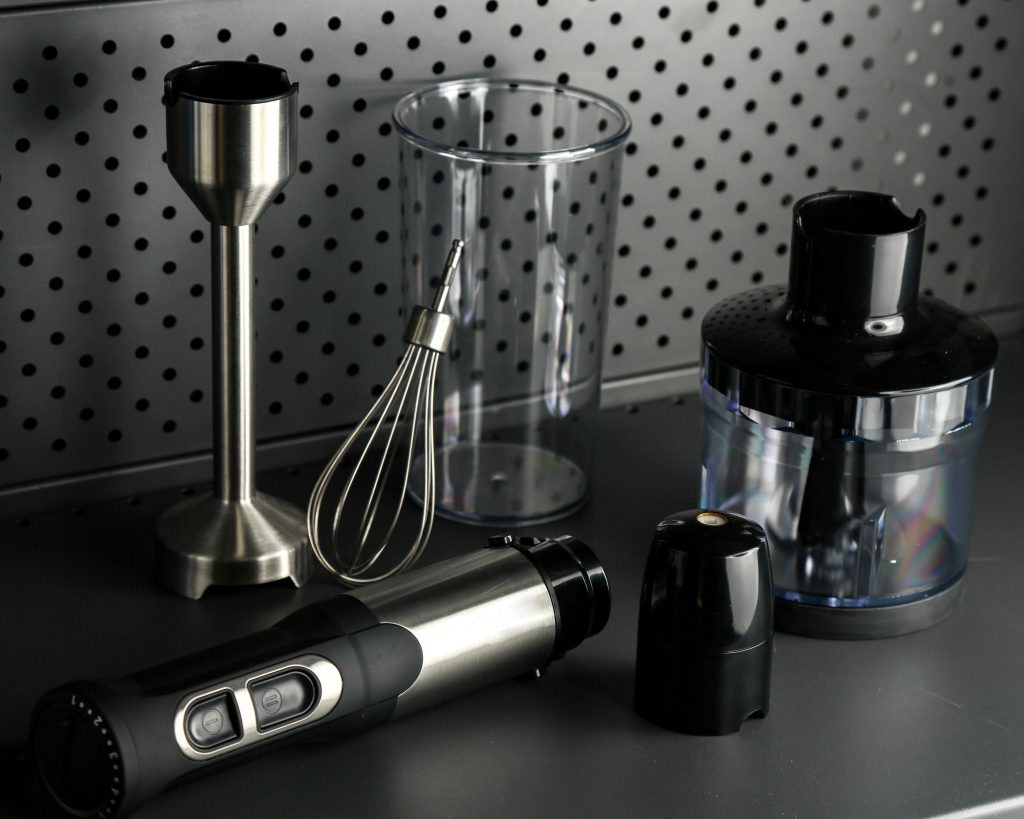
Look, I’ve been around a lot of kitchens — tiny apartment ones where you barely have space to set a cutting board, and sprawling suburban setups where the kitchen equipment gets more counter space than the actual humans. And I can tell you this: the hand mixer vs stand mixer question is not about which one is objectively better. It’s about how you cook, what you actually do in your kitchen, and how you want to feel while you’re doing it.
From a distance, they seem like they do the same job — mix stuff. Stir things up. Whip and beat and blend. But the difference between hand mixer and stand mixer becomes very obvious the second you start baking something more ambitious than pancakes.
What’s the Real Difference Between These Two?
The electric hand mixer vs stand mixer conversation is really about speed, effort, and, honestly, how serious you are about what’s happening in the bowl.
Let’s start with the basics.
Hand Mixer
You grab it. Plug it in. Boom — you’re mixing in 10 seconds. No drama. It’s great if you’re:
- Making a quick cake or batch of brownies
- Beating eggs before a scramble
- Whipping cream when guests are already sitting at the table
It’s light, it’s compact, and it doesn’t demand a permanent spot in your kitchen.
Stand Mixer
This is your workhorse. The dependable beast that takes your sticky dough and tells it who’s boss. It’s perfect if you’re:
- Kneading bread dough that weighs a ton
- Baking cookies for the entire neighborhood
- Experimenting with pasta rollers, sausage stuffers, or spiralizers
It stays put. Takes up space. And don’t apologize for it.
If you care about precision, multitasking, or just not getting flour in your eyebrows, a stand mixer can feel like an absolute blessing.
Which Is Better? That Depends on You
The question, which is a better hand mixer or stand mixer, feels a little misleading. It assumes one must win. But your kitchen equipment should match the way you cook.
If your baking is casual — birthday cakes, whipped frosting, the occasional banana bread — then a hand mixer is more than enough. It’s affordable, easy to clean, and you can toss it in a drawer without a second thought.
But if you’re making sourdough weekly, or experimenting with dense doughs and large batches, you’re going to want that power. Trust me. Your arms — and your countertops — will thank you.
Here’s how I see it:
Hand Mixer
- Budget-friendly and low-maintenance
- Great for small-batch and fast recipes
- Won’t dominate your kitchen counter
Stand Mixer
- Built for big batches and heavy doughs
- Versatile with add-ons like grinders or juicers
- Hands-free, which matters more than you’d think when multitasking
The Final Take on Stand Mixer Versus Hand Mixer
So you’re still caught in the hand mixer versus stand mixer spiral? Been there. But let me cut to the chase — both have their place. You don’t need to pledge allegiance to just one.
Think about your habits. Your recipes. The kind of vibe you want in your kitchen. Do you want quick, easy, and low-fuss? Go to the hand mixer. Want power, volume, and attachments that make your mixer feel like a Transformer? That stand mixer’s calling your name.
And don’t let anyone guilt you for owning both. You’re not picking sides in a war; you’re just stocking kitchen equipment that fits your life.
Because at the end of the day, cooking should feel like joy — not another chore with a cord attached.